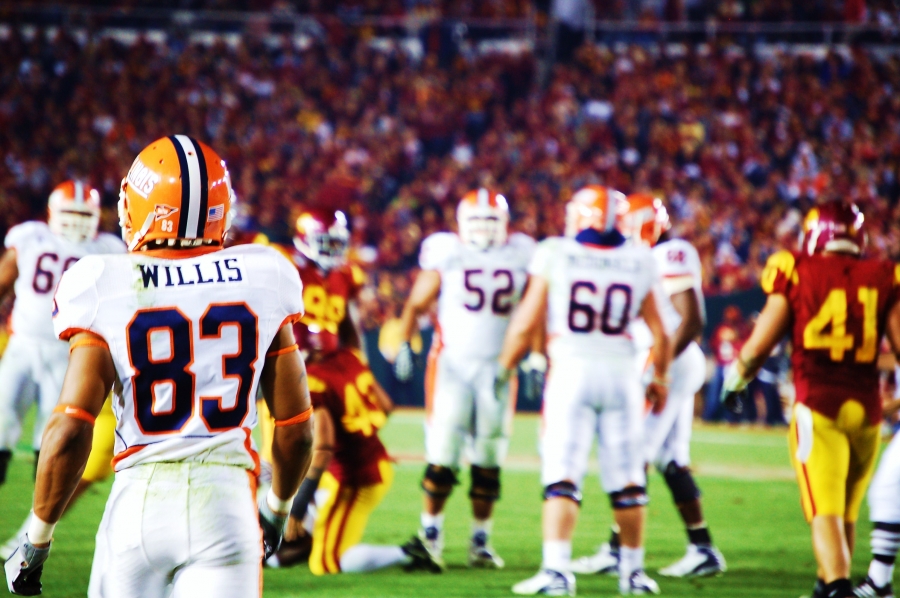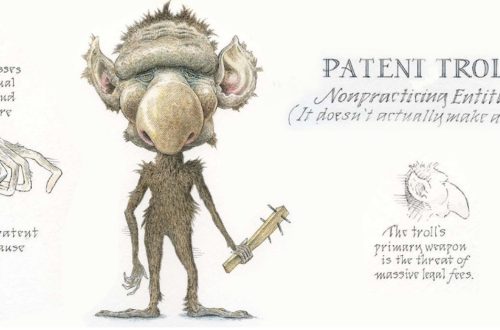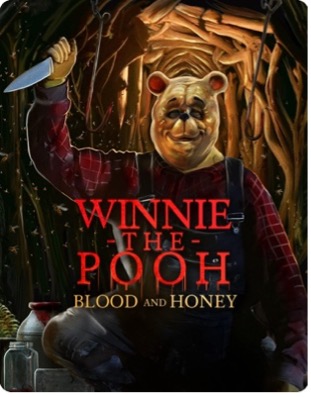By: Amena Khestchin-Kamel
The Question
The question when it comes to plagiarism in the Music Industry is can judges and jurors really understand “striking similarity ” between two songs, even after musical analysis by a music expert? Music plagiarism is a highly specialized arena that is a cross between “the technical” and “the artistic.” Would not musicians in the industry be the best to decide on this highly specialized topic of striking similarity between two songs? After all, they are the ones who understand the detail music has to offer in chord progressions, repetition, and so on. Forensic Musicology attempts to address this issue. The “striking similarity” lawsuit has always been popular, regardless of the day and age, with many cases popping up about the “substantial similarity” test to solve compositional infringement, like the 1976 case of Bright Tunes Music v. Harrisongs Music.[1] Since the 1950s, there has been a movement toward forensic musicology on analyzing two similar songs side by side. According to Translating the Sound of Music: Forensic Musicology and Visual Evidence in Music Copyright Infringement Cases, this movement is a step away from determining “substantial similarity” by the mere “impressions they left on the untrained ears” of the common music listener.[2]
The Recent Brad Paisley case
In December 2013, United States District Judge Aleta Trauger decided that there was a plausible copyright infringement claim when plaintiff Amy Bowen presented factual allegations against Brad Paisley, Carrie Underwood, and Kelley Lovelace.[3] It all started with Bowen alleging that defendants Paisley, Underwood, and Lovelace had access to her song, “Remind Me.”[4] Bowen had participated in a 2008 country music songwriting workshop where Lovelace critiqued Bowen’s song. It was only three years later that “Remind Me” by Lovelace and Paisley would enter the scene.[5] Although there was no evidence of Lovelace physically taking Bowen’s song at the workshop, Bowen had sufficiently alleged access.[6] All that was now needed for Bowen to show was the substantial similarity between her own “Remind Me” and the defendants’ “Remind Me.”[7] Certainly, there were differences between the two songs. However, what was shared in common was how often “remind me” was repeated in the “hooks” of both songs. The Court then turned to how the lyrics were used throughout each song.[8]
The district judge finally released the opinion that stated that both songs merely repeating the same phrase does not make them sufficiently similar to one another.[9] Furthermore, even if the two songs share the same “shifting” melody beneath the lyrics, that does not make the cut of “substantially similar” either.[10] The Court reasons “no lay listener would recognize this element of variation as a similarity.”[11] The Court further reasons that there were “broader dissimilarities in context, structure, mood, melody, and harmony.”[12] Additionally, the “overall mood and theme” differed from one another in each song.[13] On August 25, 2016, the district judge granted Paisley, Underwood, and Lovelace summary judgment.[14] The district judge’s full ruling can be found online, via the Hollywood Reporter.[15]
The Potential Issue
Another example of a recent case dealing with substantial similarity is the recent copyright infringement lawsuit filed by Ed Townsend against Ed Sheeran featured in the article Musician Ed Sheeran faces copyright lawsuit over ‘Thinking Out Loud’.[16] Townsend co-wrote the lyrics to “Let’s Get it On” in 1973 alongside Marvin Gaye.[17] Townsend claims that Sheeran’s hit song “Thinking Out Loud” shares substantial similarities with core elements of “Let’s Get it On.”[18] In 2015, Gaye’s family successfully sued Robin Thicke and Pharrell Williams over “Blurred Lines.”[19] These copyright infringement lawsuits are common. However, what people and more importantly, our judicial system may fail to realize is that this type of lawsuit is specifically brought in by artists, against other artists. Here is where the use of “forensic musicology” may have “blurred lines” of its own. On the one hand, the analysis of the music composition itself may be key in this type of litigation. However, at the end of the day, the jurors and judges are not professional music artists. Moreover, at the end of a courtroom day, the decision as to whether a song is substantially similar to another is left up to the judicial system, which may or may not fully understand the highly specialized dynamics and details within one piece of music. This is an aspect to consider as we move forward with litigation in this particular industry.
[1] 420 F. Supp. 177, 179 (S.D.N.Y 1976).
[2] See Michael Mopas & Amelia Curran, Translating the Sound of Music: Forensic Musicology and Visual Evidence in Music Copyright Infringement Cases, 31 25–46 (2016).
[3] See Eriq Gardner, Brad Paisley, Carrie Underwood Beat Lawsuit Claiming They Stole Song, The Hollywood Reporter (August 26, 2016), http://www.hollywoodreporter.com/thr-esq/brad-paisley-carrie-underwood-beat-923107.
[4] Id.
[5] Id.
[6] Id.
[7] Id.
[8] Id.
[9] Id.
[10] Id.
[11] Id.
[12] Id.
[13] Id.
[14] Id.
[15] Id.
[16] See Eric M. Johnson, Musician Ed Sheeran faces copyright lawsuit over ‘Thinking Out Loud’, REUTERS (August 10, 2016), http://www.reuters.com/article/us-music-edsheeran-lawsuit-idUSKCN10L04X.
[17] Id.
[18] Id.
[19] Id.





